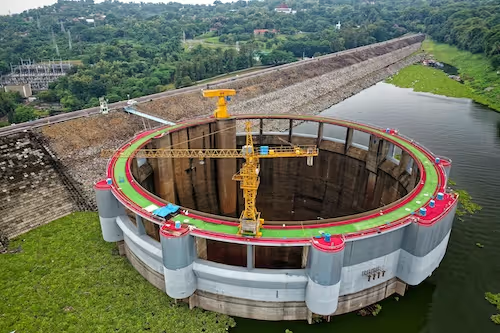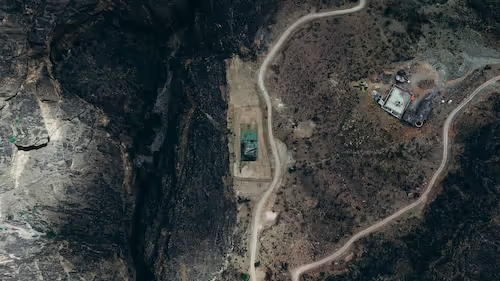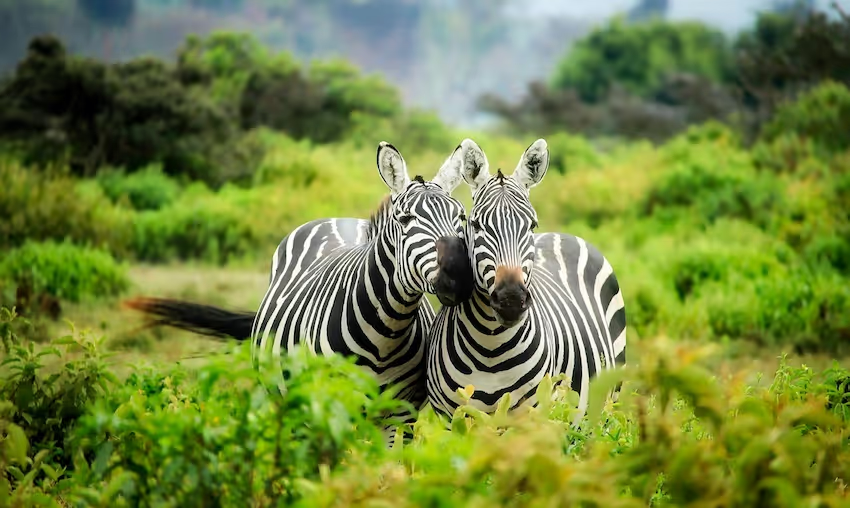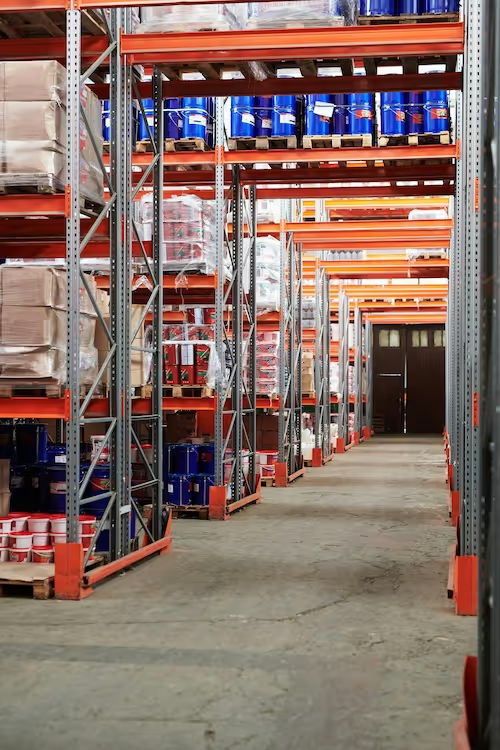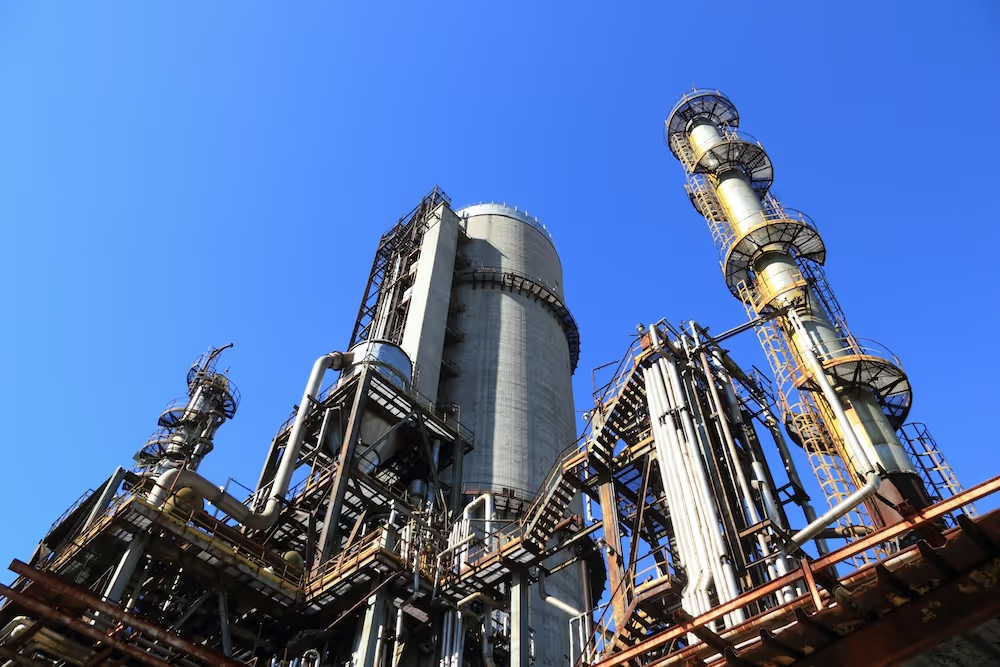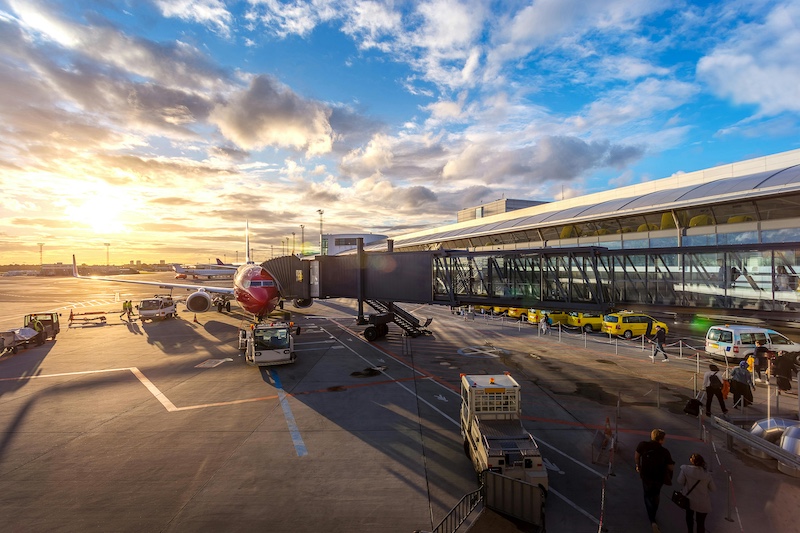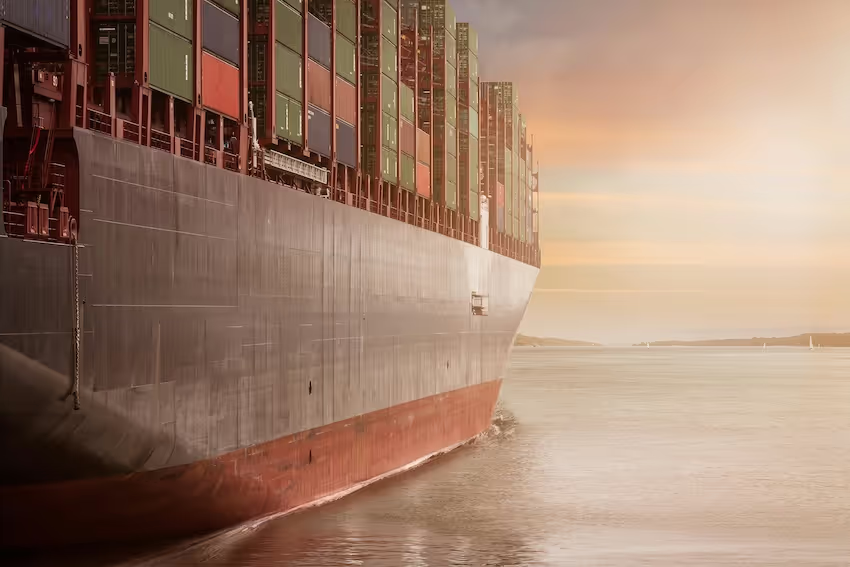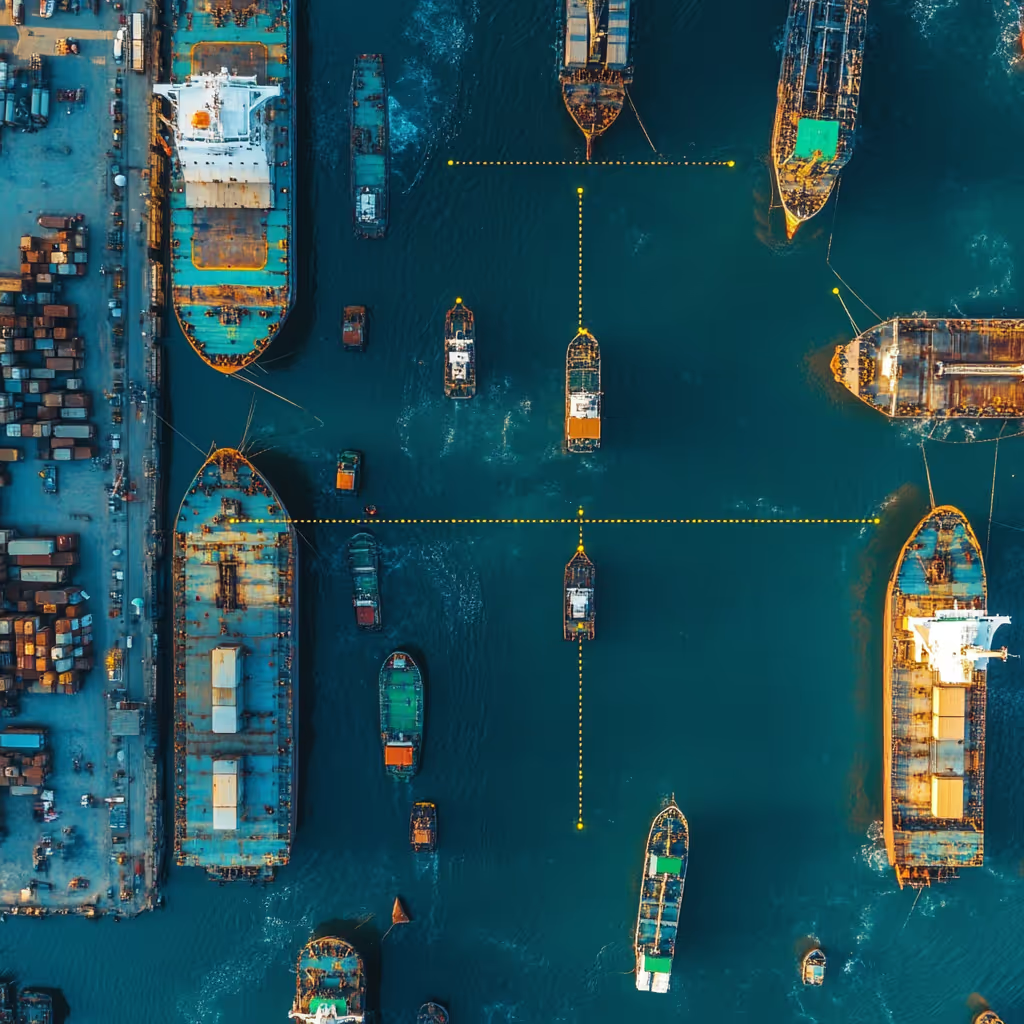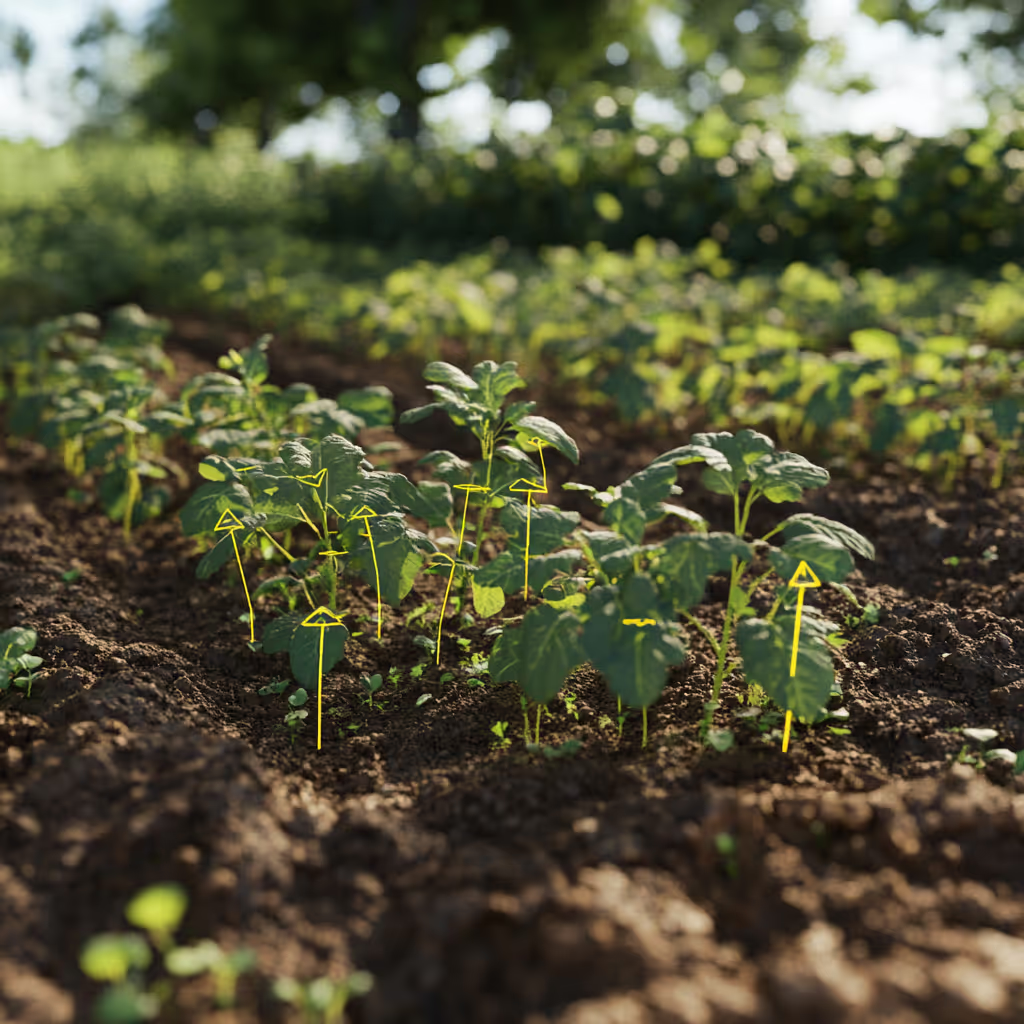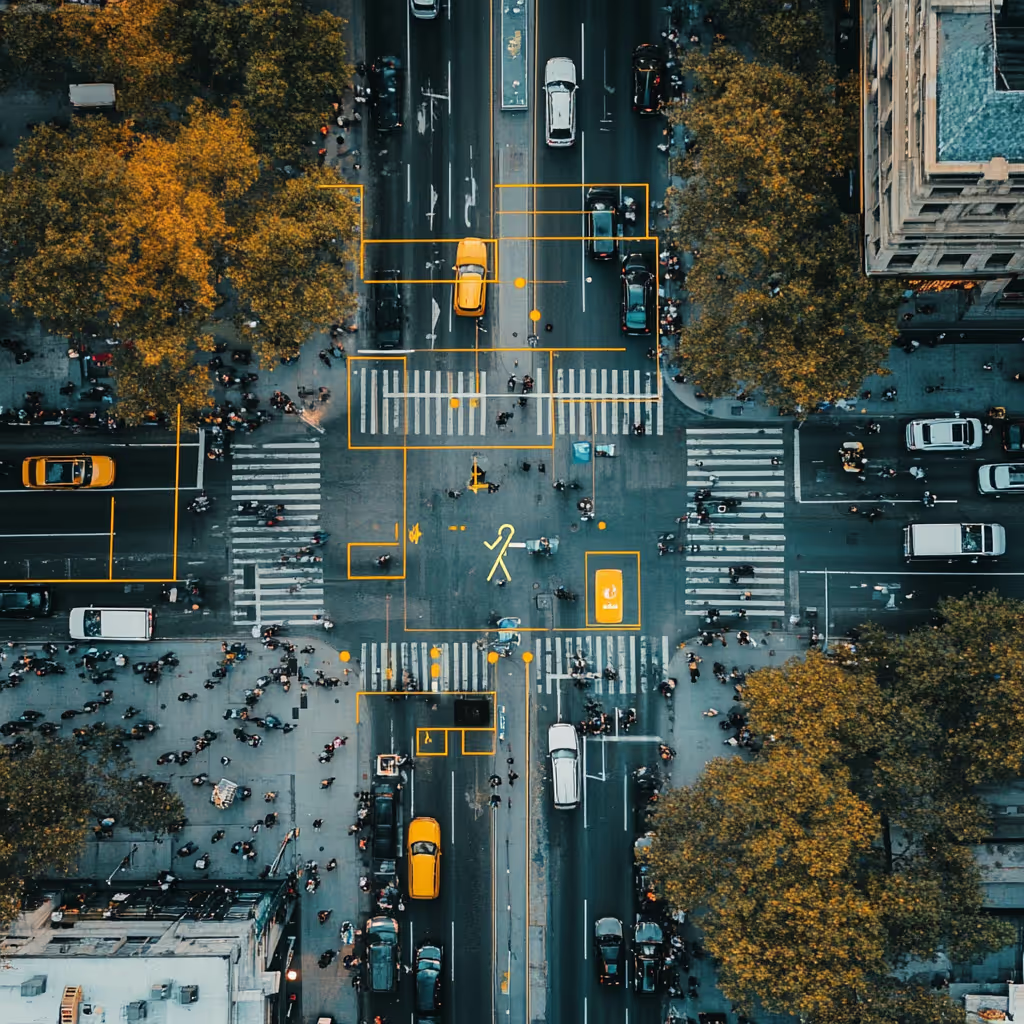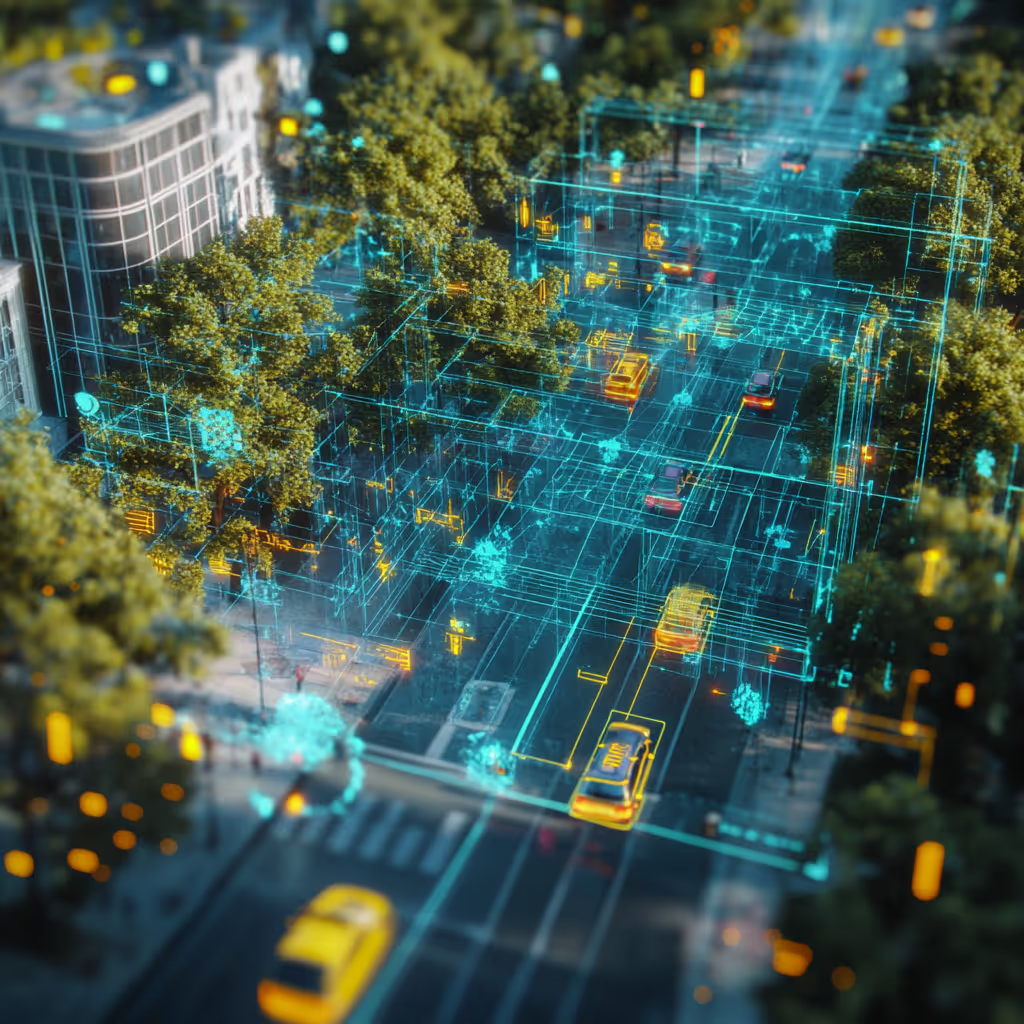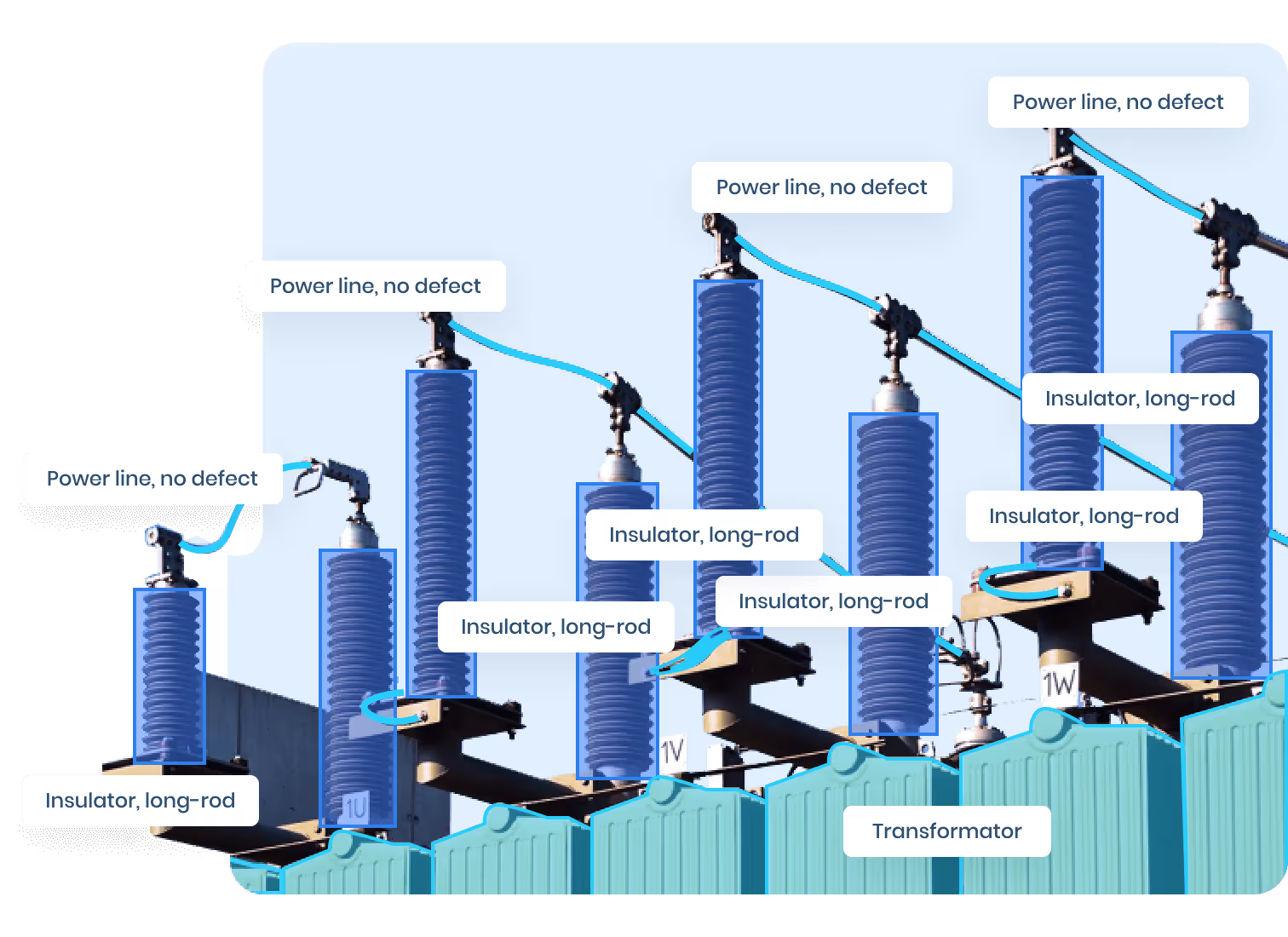Why Smart Farming Australia Starts with Annotated Data
Australia’s climate resilience and food production goals rely on smart farming systems that are scalable, accurate, and adaptable. These systems—whether they detect soil moisture, count sheep, or identify wheat rust—depend on large volumes of high-quality visual data. But before these systems can function autonomously, they need to be trained. That’s where annotation comes in.
Labeled images power everything from drone-based field mapping to edge devices that monitor livestock behavior. Whether it’s crop annotation for leaf disease detection or bounding boxes drawn around cattle for livestock AI applications, annotation is the hidden backbone of agricultural innovation.
In smart farming Australia, data is only as valuable as it is understandable. And annotation is what makes that possible—transforming raw pixels into actionable insights.
Livestock AI: Redefining Animal Management in the Outback 🐄
Managing livestock in Australia’s expansive and rugged terrain is a task perfectly suited for AI-driven automation. Livestock AI solutions—powered by annotated drone footage, CCTV feeds, and edge computing—are helping farmers monitor herd health, behavior, and movements in real time.
Automated Herd Counting with Drones
Traditional manual counts are time-consuming and often inaccurate over large properties. Annotated aerial footage now allows AI to detect and count cattle and sheep automatically. These datasets include thousands of labeled animal images under various conditions—sun glare, shadows, partial occlusion—training AI models to adapt to the unpredictable outback environment.
Breed Differentiation and Inventory Accuracy
Australian farms often raise multiple breeds, especially in mixed grazing environments. Annotation is used to distinguish breeds based on coat patterns, size, and behavior. This feeds into livestock AI systems that maintain up-to-date herd inventories, optimize breeding programs, and inform supply chain logistics.
Behavioral Monitoring and Welfare
AI models trained on annotated video sequences can flag signs of lameness, isolation, or distress. This is critical for remote properties where daily visual checks are not feasible. Livestock AI is enabling faster interventions, lowering mortality, and improving animal welfare across Australia’s extensive rangelands.
Crop Annotation: Teaching AI to Understand Fields from the Sky 🌾
From sugarcane in Queensland to grapes in South Australia, crop annotation is shaping how AI systems interpret the visual language of Agriculture. These models learn to detect, analyze, and predict crop behavior based on detailed annotations created by experts.
Aerial Disease Mapping with Drones
Drone imagery provides sweeping views of entire fields—but without labeled data, AI can't interpret those images. Annotators label instances of mildew, blight, or rust down to the pixel level, helping AI spot early symptoms that humans might miss. This allows farmers to act before problems spread. Enhance geospatial capabilities using our Satellite Image Annotation service.
Precision Spraying and Pest Control
Smart tractors and autonomous robots use crop annotation to identify weeds or pests in real time. For example, bounding boxes around wild radish or grapevine moths allow AI to trigger precise chemical treatments. This reduces chemical waste and protects the surrounding ecosystem.
Ripeness Assessment for Harvest Optimization
AI can now determine the ripeness of fruits and vegetables based on annotated characteristics like color, texture, and size. Farmers receive data-backed recommendations on when and where to harvest—reducing spoilage and improving yield quality.
Boost AI model precision with our Agriculture Image Labeling for crops, livestock, and equipment.
Why Smart Farming Australia Demands Localized Annotation 🇦🇺
AI systems trained in Europe or the U.S. won’t perform well in Australia without retraining. That’s because smart farming in Australia faces unique visual, environmental, and biological conditions that must be reflected in annotated datasets.
- Harsh weather conditions like heatwaves, dust, and drought create image distortions that AI must learn to work with.
- Drone flights over remote stations result in high-altitude, low-resolution footage that still needs to be accurately annotated.
- Species diversity across flora and fauna introduces complexity. For instance, annotating kangaroo presence near crops is uniquely Australian.
To overcome these challenges, annotation teams often collaborate directly with local farmers and agronomists to create relevant, high-accuracy datasets.
AgTech Startups Leading the Way in Livestock AI and Crop Annotation 💡
The AgTech sector in Australia is thriving. From universities to venture-backed startups, a wide range of organizations are developing livestock AI and crop annotation solutions grounded in annotated data.
Agerris
Spun out of the University of Sydney, Agerris creates field robots that analyze crops in real time. Their AI systems are trained on annotated visual data to identify threats, optimize fertilization, and monitor growth.
SwarmFarm Robotics
Queensland-based SwarmFarm builds autonomous farming machines designed to work alongside humans. Their vehicles use computer vision models trained with local crop and weed annotations, enabling smarter field operations across varied terrains.
Regrow (formerly FluroSat)
A global player born in Australia, Regrow offers crop intelligence platforms powered by annotated satellite and drone imagery. Their tools provide insights into crop health, nutrient needs, and seasonal forecasts.
Each of these companies illustrates how annotation is not just a back-office process—it’s the fuel for innovation in smart farming Australia.
How Farmers Are Contributing to Annotation Efforts 👨🌾
One of the most exciting trends in smart farming Australia is the collaboration between technologists and farmers. Annotation doesn’t happen in a vacuum—it thrives when it’s embedded into everyday agricultural workflows.
Farmer-Contributed Datasets
Many farmers now collect drone footage and field images that feed into annotation pipelines. These grassroots datasets increase model diversity and improve accuracy across different crops, soil types, and lighting conditions.
University and CSIRO Partnerships
Projects like Digiscape bring together scientists and growers to co-create annotated datasets used for predictive Agriculture tools. By involving stakeholders early, these initiatives create more effective AI tools with real-world utility.
Respecting Indigenous Knowledge
Annotation projects in Northern and Central Australia increasingly integrate Indigenous land management perspectives. For instance, datasets used to track invasive species now include culturally informed insights about native biodiversity and traditional land usage.
Privacy, Ethics, and Transparency in Agricultural AI
As AI tools proliferate, especially those using visual data, it's critical to address ethical and privacy concerns—particularly on private land.
Consent and Data Ownership
Deploying cameras or drones for AI requires clear protocols around data use and farmer consent. Annotation projects should outline who owns the images, who sees them, and how they are used to train models.
Bias Prevention Through Diverse Annotation
If datasets are dominated by one region or breed, livestock AI can make inaccurate predictions elsewhere. The same applies to crop annotation—models trained on one variety may fail on another. Ensuring dataset diversity is vital for fair, robust AI.
Open Data for Shared Benefits
Organizations like AgriFutures are championing open, annotated agricultural datasets to ensure all farmers—not just large-scale operators—benefit from the AI revolution.
Use 3D Annotation to structure drone and LiDAR data for yield estimation and soil analysis.
Scaling Smart Farming with AI-Ready Annotation Pipelines 🌏
Once annotation is in place, scaling becomes achievable. Here's how annotated data enables smart farming Australia to go beyond pilots and into mainstream use.
- Transfer learning allows AI models trained on one farm’s annotated data to adapt quickly to others across different regions.
- Cross-device interoperability is made possible when annotations reflect the variability of different cameras, drones, and lighting environments.
- Real-time AI deployments in the field depend on fast, accurate annotations that train models to respond to anomalies, threats, or growth patterns instantly.
Smart farming doesn't stop at detection—it requires continuous data feedback loops, and annotation is central to keeping these loops up to date.
Ready to Cultivate the Future with Agricultural AI? Contact DataVLab
Whether you’re launching a precision farming startup or operating a commercial station in rural Australia, success with AI starts long before model deployment—it begins with clean, accurate, and scalable annotation.
📬 If you’re exploring livestock AI, crop annotation, or broader smart farming strategies, we’re ready to partner with you. At DataVLab, we’ve helped AgTech innovators build datasets that reflect the real-world complexity of Australian agriculture—dust storms, biodiversity, and all.
Let’s grow the future of farming together—one well-labeled image at a time 🌱.



